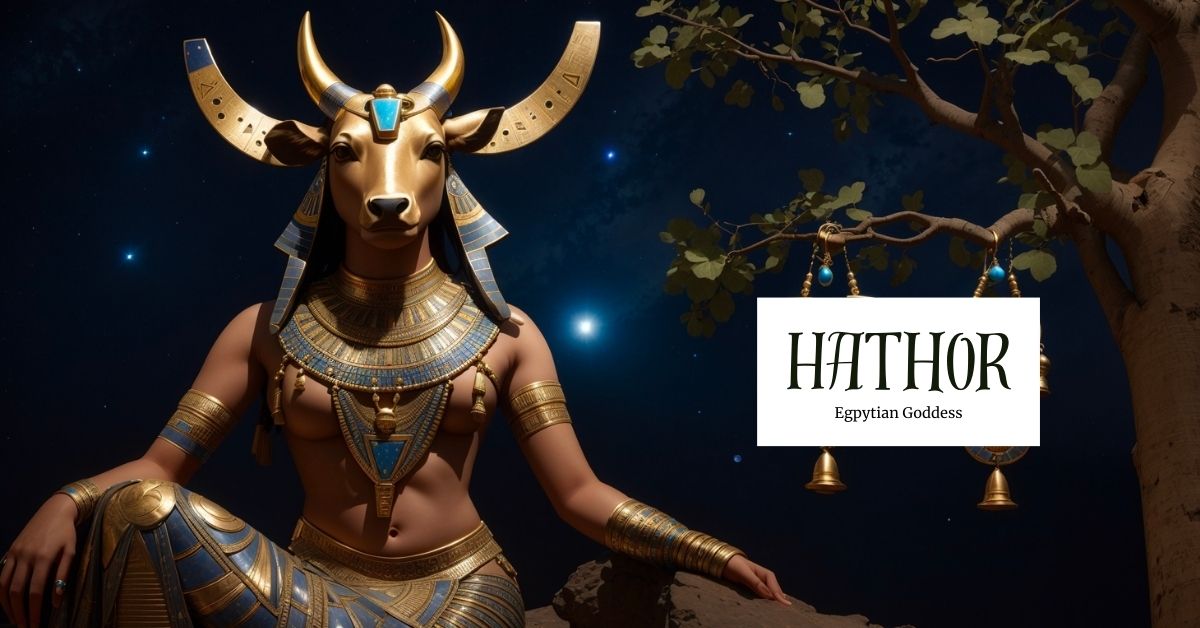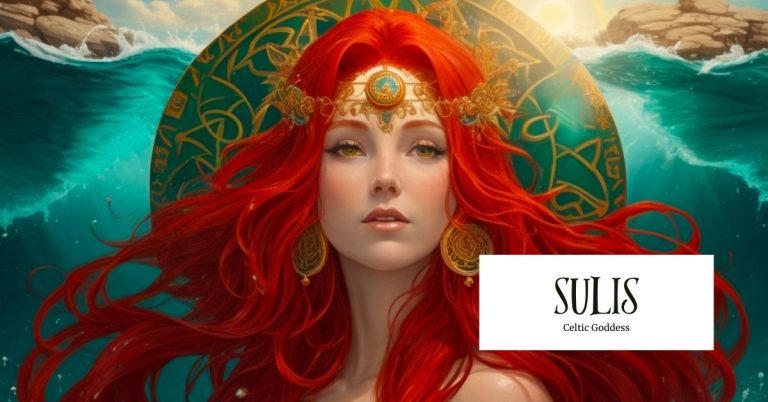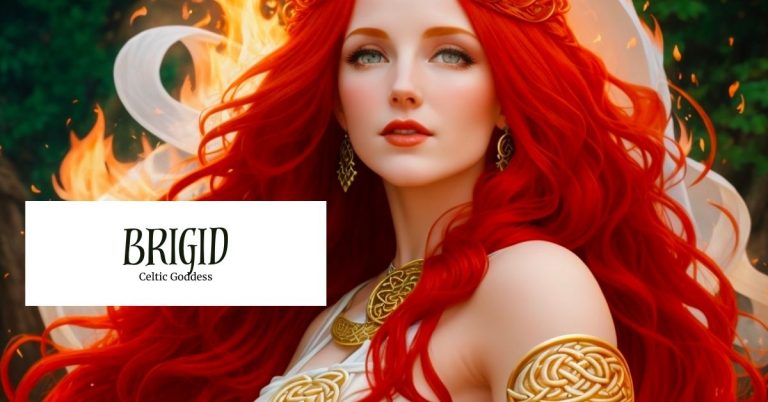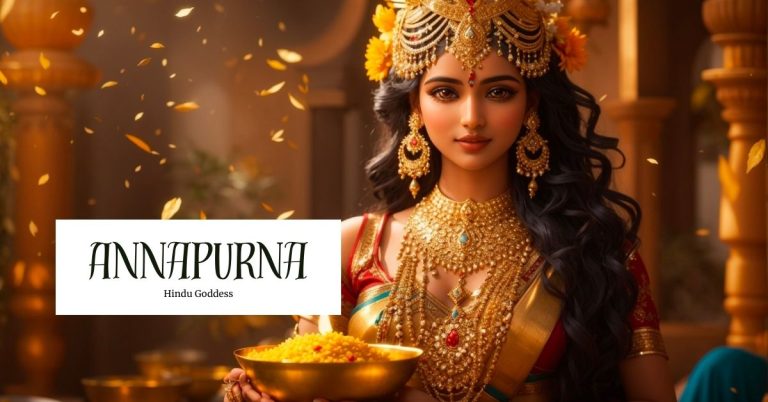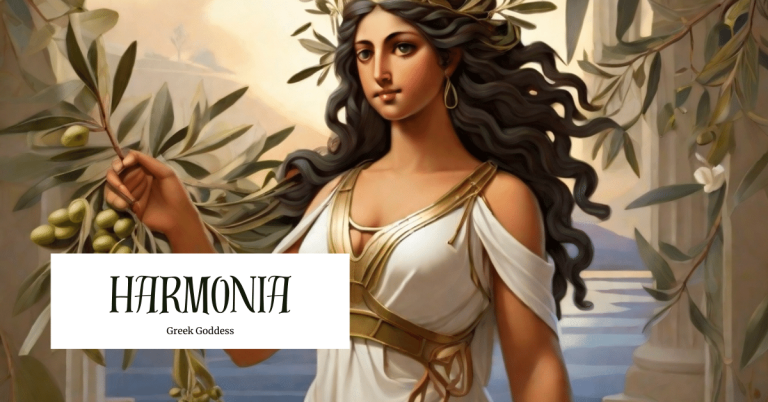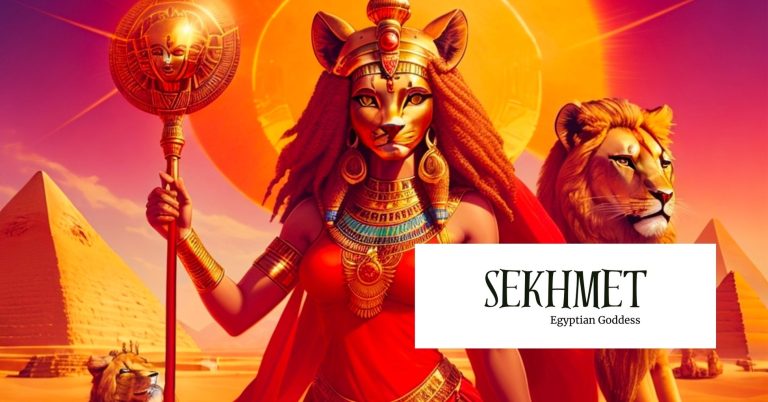Hathor: The Goddess Of Beauty And Sexuality
Hathor was at one time the most popular and important female goddess in Egyptian mythology, before she was overshadowed by other goddesses. However, Hathor’s legacy and abilities remained important to the Egyptian people. Hathor is both a sky and solar deity and has the coveted title of the Eye of Ra. Her association with happiness, dance, love, and even sexuality differs from some of the intensity and wrath of Hathor’s fellow goddesses. Hathor’s spirit of beauty and cosmetics has influenced Egyptian culture for years and her abilities and traits hone in the nurturing and serene side of the Egyptian deities.
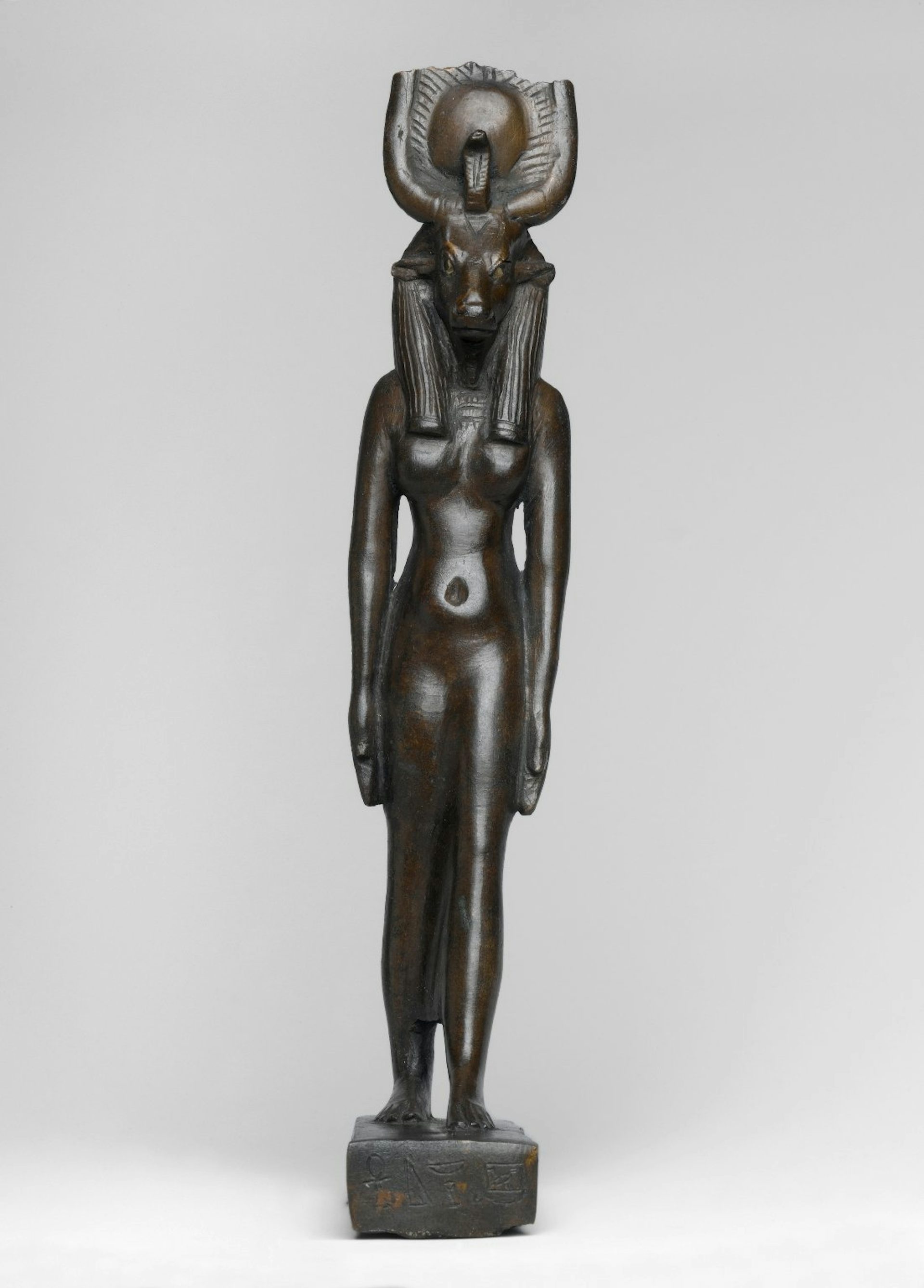
Source: Brooklyn Museum
Overview of Hathor
Hathor is both a solar and sky deity. She is popularly known for being the female counterpart of Horus, god of the war and sky. Horus is the son of the popular Isis and Osiris. Hathor was seen as the mother of the pharaohs—she was the symbolic mother of the people on Earth who represent power. Hathor was one of the many goddesses who shared the role of the Eye of Ra, others include Isis, Sekhmet, and Bastet.
This goddess was associated with music, dance, joy, maternal care, cosmetics, beauty, love, fertility, pleasure and sexuality. Although Hathor is associated with some traits of wrath from being the Eye of Ra, most of her associations align with happiness, serenity and femininity.
Titles
Hathor has plenty of titles beginning with “mistress of.” “Mistress of the sky,” “mistress of the stars,” and “mistress of love” are just a few. Hathor is also known as “mother of mothers,” “hand of God” and “lady of vulva.” The goddess’ name translates to “house of Horus,” her son, which could refer to her womb being the house for Horus. Her name can also translate to “my house is the sky.”
Abilities
Many of Hathor’s abilities relate to her traits of femininity and sexuality. This goddess has the beautiful power of being protective of females and being a guide in the world of fertility, childbirth and motherhood. Like many other goddesses, Hathor also acts as a guide in the afterlife. She assists souls in the transition to the afterlife—something that was very important to the ancient Egyptians. Hathor was also known as a protector and mother to many child deities, specifically pharaohs. She had the ability to provide nourishment and protection to these children.
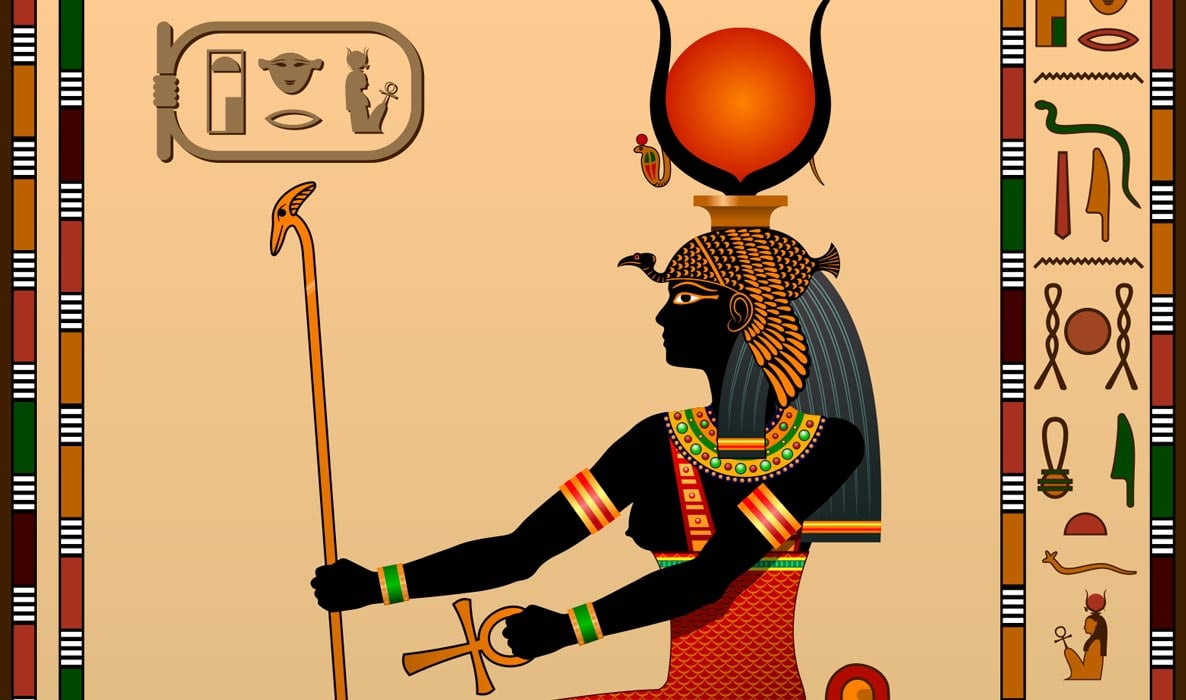
Source: Ancient Origins
Characteristics
Hathor is usually depicted as a cow, or as a woman wearing a headdress of cow horns, to symbolize the maternal traits of the goddess. Some believe that Hathor is the personification of the Milky Way and that the milk from her udders created the sky and the stars. Hathor could also be represented as a sycamore tree, cobra, or lioness. The sun disc is also present in the depictions of Hathor in association with her role of the Eye of Ra. Hathor was often shown wearing a menat, a beaded necklace that symbolizes rebirth in Egyptian culture.
Traits
One very interesting and unique trait of Hathor was her association to sexuality. In one short story from the Middle Kingdom named “The Tale of the Herdsman,” a herdsman encounters an animal-like goddess one day, and a beautiful, nude goddess the next. Most people believed this to be Hathor. Another text describes the loss of a lock of Hathor’s hair as her sexual allure.
An Eye of Ra goddess is the mother, sibling, daughter and more of Ra. An eye goddess is usually represented as a lioness, cobra or other protective symbols. The Eye of Ra is an extension of Ra’s powers and is associated with the sun disc. The sun and moon are referred to as the “eyes” of Egyptian gods and goddesses by ancient Egyptians. Although Hathor was mostly known for her softer side, she could also be tempered and bold as the Eye of Ra.
Symbols
Similar to Bastet, the sistrum, an ancient Egypt instrument, is a symbol of Hathor. Specific to Hathor, however, is the sycamore tree. This tree is a symbol of life to the Egyptians. The milky sap from the tree represents fertility. Another milk related symbol of Hathor is the cow. Ancient Egyptians viewed milk as the ultimate source of nourishment and motherhood, and Hathor is often depicted as a cow. Her symbols relate to the nourishment of life and the longevity of life.

Source: Boston Museum
Festivals and Rituals
Hathor had more temples dedicated to her than any other Egyptian goddess. She even was worshiped in the temples of male gods as well. Hathor was connected with foreign lands and the goods they provided. Some examples would be Nubia and Canaan. Hathor’s most important temple was Dendera. She was commonly worshiped in private prayer and offerings, specifically by women who wanted children. In hymns and temples, calming and delightful instruments were played in Hathor’s honor. Wearing cosmetics was seen as a form of worship to the goddess as well. People would offer mirrors or cosmetics palettes to her. Every year, Hathor’s statue would be carried by boat to Edfu to be reunited with Horus, and then a festival would begin celebrating the union. Her festival often included lots of celebration of music, dance, song and joy. Celebrating beauty and sexuality was a big way ancient Egyptians worshiped Hathor in everyday life. Hathor, however, became overshadowed by Isis and the end of the New Kingdom.
Legends associated with Hathor
Hathor’s origins and legends aren’t super well-articulated and necessarily one of her own, but Hathor has connections to other popular legends and origin stories—specifically her sister, Sekhmet.
Origin story
There are many variations and subtle differences to the origin story of Hathor and her sister Sekhmet. It was said that the powerful Ra sent Hathor to Earth in the form of a lioness because of his distaste with humanity. Hathor began her rampage on the human population, but was taking it too far. The fields ran with human blood and Ra needed her to stop because he saw too much damage being done. Hathor ignored Ra’s orders to stop, so Ra poured beer and pomegranate juice, which looked like blood, in Hathor’s path. She drank the mixture believing it was blood and became so intoxicated she slept for three days straight. When she awoke from her drunken state, Sekhmet was created and the goddess no longer blood thirsty and humanity was saved.

Source: God and Demons Wiki
A humorous dance
A notable legend of Hathor that is very odd and not fully developed involves Hathor’s association and exploration of sexuality. During the trial of Horus and Set (which can be found in Isis’ story), the sun god Ra was insulted by another god and stormed off and out of the trial. Hathor followed Ra and started dancing for him while flashing her vulva. Ra found humorous and his spirit lifted, allowing him to return to the trial so it could continue on.
Modern appearances
There was a version of Hathor in the 2016 movie Gods of Egypt portrayed by Élodie Yung. This version of Hathor was in love with Horus (the film’s Horus was not the same Horus she married in traditional Egyptian mythology). Brian Swann’s 2010 poem Hathor was in reference to the Egyptian goddess and her association with cows.
Final thoughts
Hathor’s ability to create a nurturing and serene presence amidst the intensity of many of the other gods and goddesses makes her a fan favorite in ancient Egyptian times. Although she was later overshadowed by Isis, Hathor’s dedication to beauty, sexuality, fertility and motherhood solidified her title as one of the most popular goddesses in ancient Egyptian times.
Sources
Ahdifard, U. (2023, April 10). Who was Hathor?. Getty News. https://www.getty.edu/news/who-was-hathor-egyptian-goddess-ancient-nubia/
Dhar, R. (2023, March 15). Hathor: Ancient Egyptian goddess of many names. History Cooperative. https://historycooperative.org/hathor/
Encyclopædia Britannica, inc. (n.d.). Hathor. Encyclopædia Britannica. https://www.britannica.com/topic/Hathor-Egyptian-goddess
Hathor – Explore deities of ancient Egypt. (n.d.). https://egyptianmuseum.org/deities-hathor
Hathor. Mythopedia. (n.d.). https://mythopedia.com/topics/hathor

